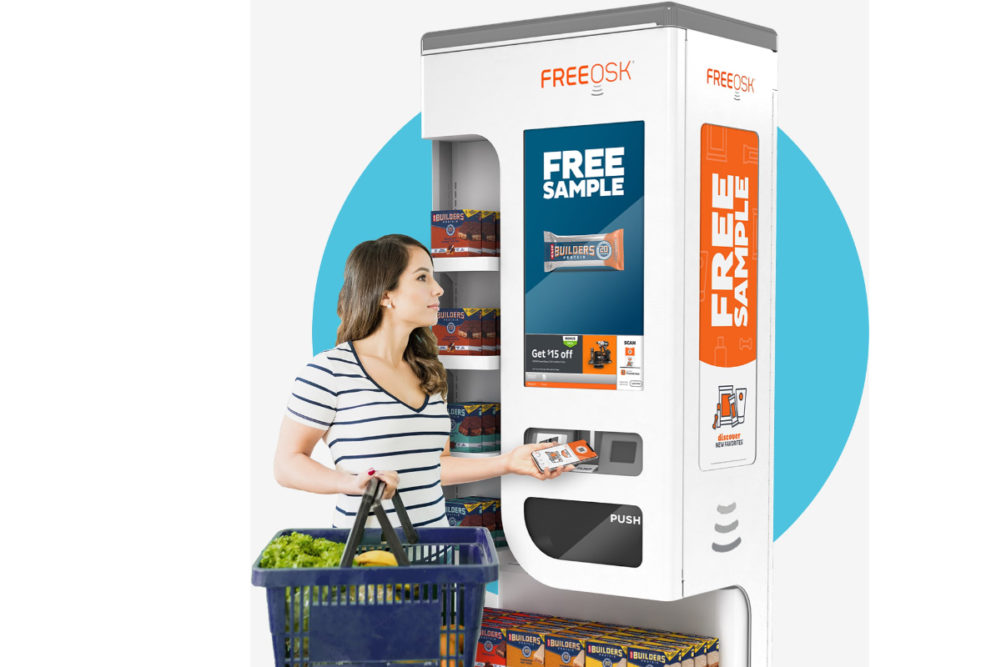CHICAGO – Since the pandemic hit earlier this year, instore sampling has been put on hold in most grocery stores, leaving a gap in encouraging shoppers to make those impulse purchases.
A recent survey conducted by omnichannel shopper engagement platform Freeosk found that even without samples, the pandemic is driving people to try items they haven’t before. Nearly 60% of shoppers said they are trying new items every month.
“As consumers ourselves, we know that shopper habits are changing - especially right now amidst the pandemic,” said Matt Eichorn, CEO of Freeosk. “We leveraged our direct connection with shoppers to conduct research that goes one step further and answers the ‘Why?’ behind those new shopping and sampling behaviors.”
The survey of over 4,000 US consumers identified that shoppers are driven by savings, availability and surprise:
-
Savings - One in three respondents voiced that trying and buying new products stems from their budget consciousness and need to score deals.
-
Availability - With constrained supply chains and spikes in demand, nearly a quarter of shoppers have found themselves without their old standbys, also pushing them to try new items.
-
Surprise - Consumers want to be surprised and delighted. And with many people spending more time at home, another fourth of shoppers stated they were on the hunt for new items to spice things up and simply indulge their curiosities.
Nine out of 10 shopper indicated that they still would prefer to try something before they buy it, indicating a need to find a new way of offering instore samples.
When asked how they prefer to sample new products currently, 76% of respondents indicated they were more likely to turn to a touchless in-store kiosk compared to traditional, person-to-person demo sampling.
Shoppers surveyed said they were also more open to receiving samples via mail or grocery pick-up orders than traditional sampling methods, with those two options ranking second and third respectively.
Freeosk’s research found that fear and uncertainty continue to linger among consumers:
-
Fifty-six percent of respondents stated they weren’t sure when, if ever, they would be interested in returning to samples provided by a person.
-
The other 44% said it would be at least six months, if not a year, before they felt comfortable returning to face-to-face sampling.
-
Receiving samples in a sanitary and hygienic manner topped shoppers’ priorities when discovering new products.
In response to the need for alternative sampling methods, Freeosk is partnering with other companies to launch contactless, interactive kiosks with the ability to share not only samples, but video messages too.

